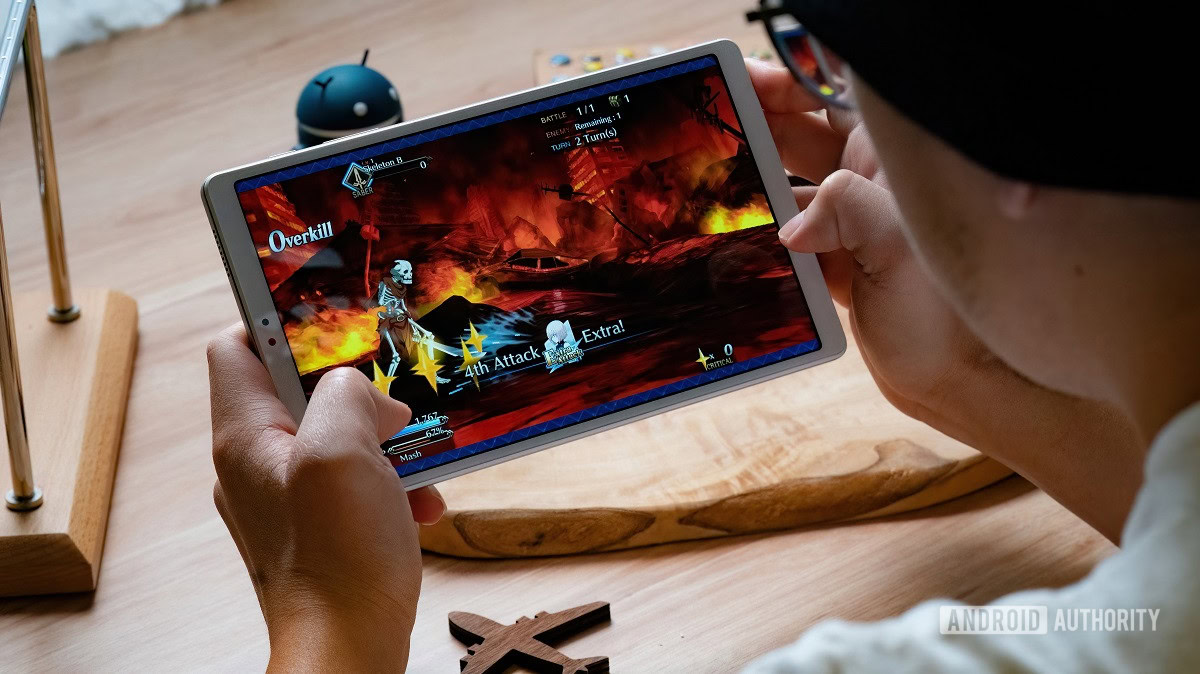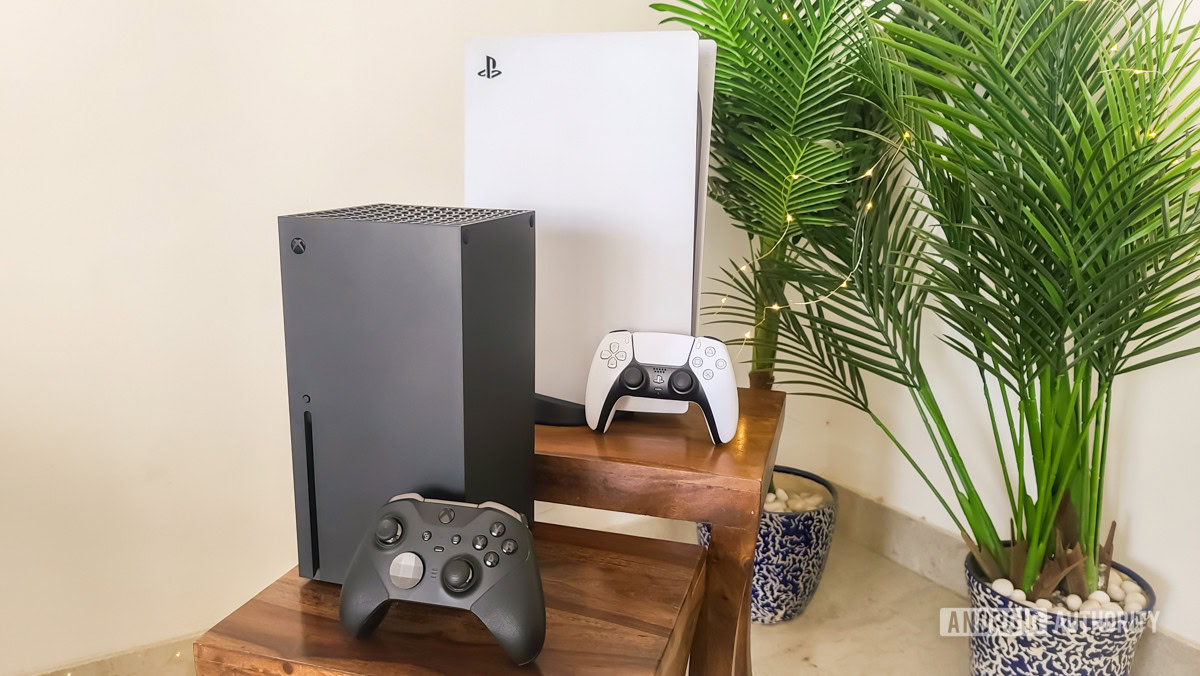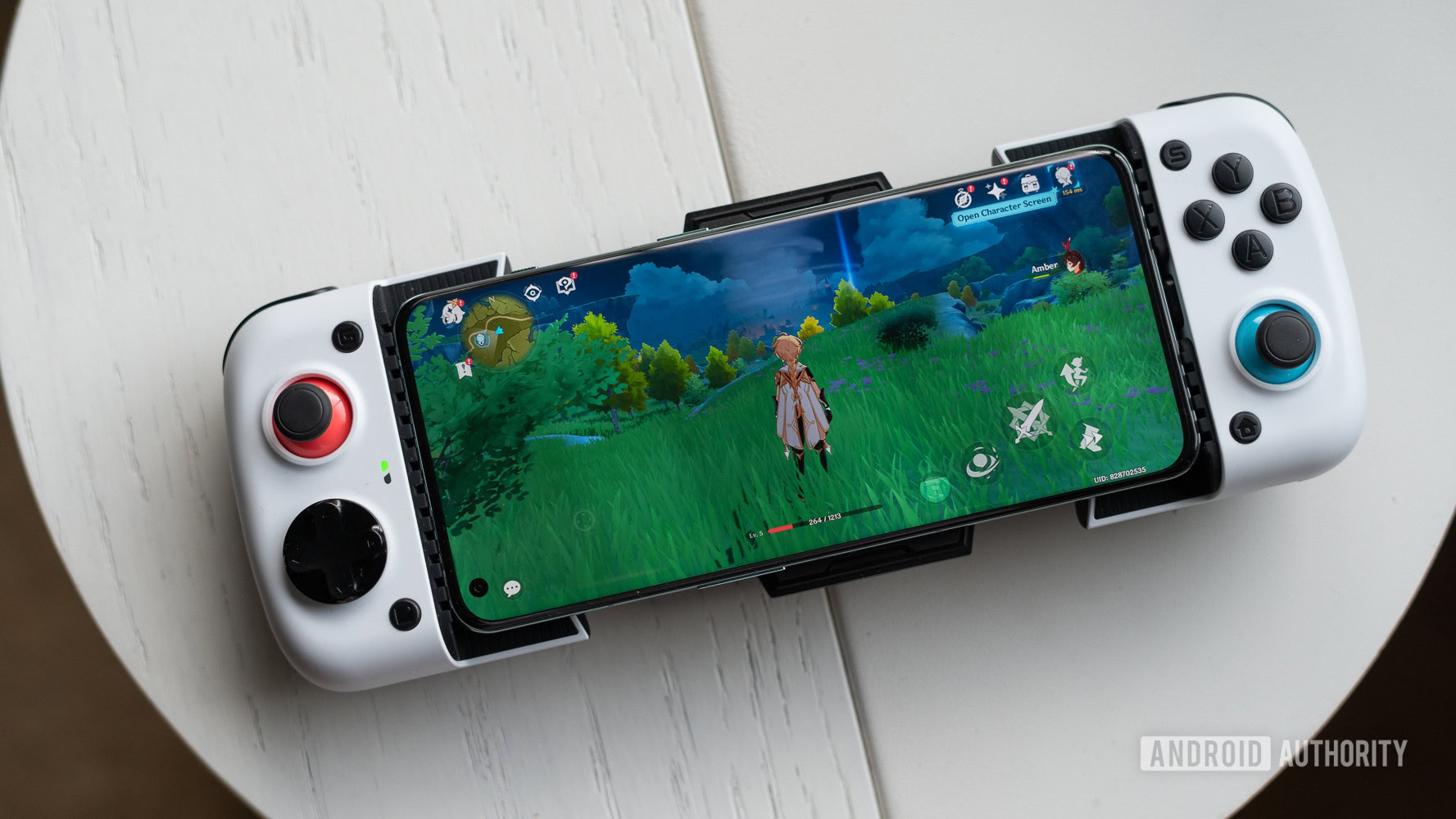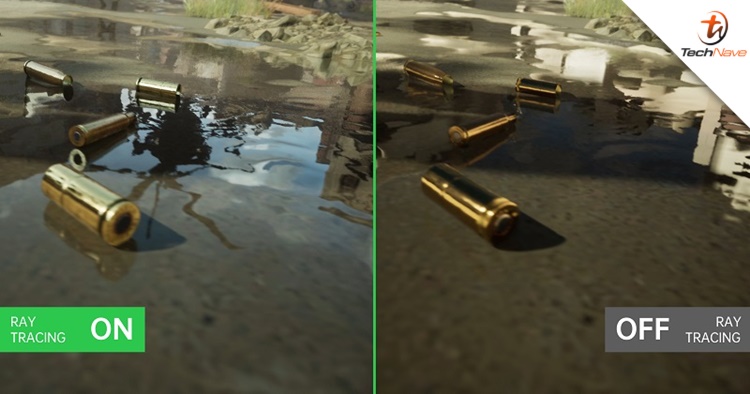Smartphone Ray Tracing Is Here, But Is It The Real Deal?

Curtis Joe/Android Authority
While there's a lot to be found in the announcement of the Qualcomm Snapdragon 8 Gen 2 platform, the new feature that has made headlines is definitely the smartphone's support for ray-traced graphics. Qualcomm combines the Mediatek Dimensity 9200 and the Samsung Exynos 2200 with hardware ray tracing support, opening the door to exciting new graphic effects for mobile gaming.
With 2023's flagship phones almost universally set to support this feature, will this year be the year for mobile games to stop playing second fiddle to console and PC graphics?
Yes, but not the same. Smartphone ray tracing is definitely a great feature and it most likely results in great graphical and gaming results. However, there are still many hurdles to overcome, so testing the reality of ray tracing continues.
Not all ray tracing applications are the same
The important thing to understand here is that ray tracing is a graphical term that covers a wide range of possible applications. You can think of them as "layers" of ray tracing, each with its own graphical benefits and corresponding performance cost. Just because a smartphone supports ray tracing doesn't mean games look the same as they do on consoles and PCs.
Ultimately it comes down to whether you can render the entire scene with computationally expensive ray tracing or rely on a hybrid approach of using only ray tracing for some effects. Given that PCs and consoles are still taking a hybrid approach, we'll definitely see the latter in the smartphone space. At a higher level, caustics can determine how light sticks to and reflects off curved surfaces such as water or glass, while less demanding applications can improve the accuracy of shadows and help reflections on some surfaces. It's still pretty cool, but check out these predictions to find out what ray tracing can be used for and what it's for.
Ray-traced mobile devices are less powerful than consoles and PCs.
We know very little about the ray tracing architectures that Qualcomm and Arm use, which gives us some idea of their capabilities. First, the two accelerations are the base square and the intersection of triangles, which are the building blocks of ray tracing. Hardware calculations of ray intersections are many times faster than software ones.
However, only Qualcomm supports Hierarchical Volume Constraint (BVH) (we don't know about the Samsung Xclipse GPU), a similar technology used by Nvidia and AMD in their high-end GPUs. BVH acceleration is important because it is used to speed up ray intersection calculations by finding sets of polygons to narrow the intersections instead of rendering each ray individually.
So we expect Qualcomm's implementation to offer higher frame rates and more sophisticated ray tracing, but on the condition that its ray counting capabilities are comparable to those of Arm. However, there are other aspects of ray tracing acceleration, such as noise reduction and memory management, that can be tweaked to improve performance. We don't know to what extent Arm or Qualcomm have optimized the larger GPU for these requirements.
Mobile GPUs vary in ray tracing support and performance levels.
In terms of numbers, Oppo claims to have improved the PhysRay engine by a factor of 5 by switching from software to hardware acceleration with 8th Gen 2.0. Meanwhile, Arm recorded a 3x increase in internal hardware compared to software benchmarks with the Immortalis G715 GPU. Unfortunately, none of the metrics tell us much about the actual performance and graphics capabilities we're likely to see.
Qualcomm notes that it supports reflections, shadows, and global illumination, which are key technologies for creating decent, if not excellent, ray tracing effects. Similarly, Arm notes that it uses blended rasterization to improve lighting, shadows, and reflections. However, layering these features requires more processing power, and we still don't know how many and what frame rates early smartphone chips can support.
Ray tracing won't scale for smartphones like consoles

Adamya Sharma/Android Authority
While we'll have to wait and see what real mobile gaming brings, it's safe to say that a smartphone chip designed for a graphics power budget of less than 5W won't match the performance of a game console or PC graphics card.
For example, the latest Nvidia RTX4080 graphics card has a power of 320W. Meanwhile, PlayStation 5 and Xbox Series X use 200W (including CPU). 4K resolution with all the bells and whistles is absolutely impossible for smartphone ray tracing.
Expect framerate and resolution drops with ray tracing enabled.
The closest guess to actual performance comes from talk about the Oppo PhysRay engine during the Snapdragon Tech Summit keynote on day one. The company says it can hit 60fps at 720p, which lasts for 30 minutes on the Snapdragon 8 Gen 2 platform. Sounds good, but it clearly highlights the phone's trade-offs in terms of framerate or resolution. Not to mention, consistent performance can also be an issue due to the limited cooling available for smartphone form factors.
Our time at the Snapdragon Summit also includes a hands-on demo. Qualcomm has provided a short animation in which we have the option to turn ray tracing on and off. It's easy to see the difference in lighting and reflection - even day and night. However, we couldn't adjust or move the camera in place, so it's impossible to know how well it will perform.
Doom and gloom notwithstanding, small smartphone screens don't need very high resolution or very high levels of graphic fidelity to look great. Gaming at 720p 60fps or 1080p 30fps with good lighting and reflections can provide a significant boost to mobile graphics.
It took a while for the game to show up

Dhruva Bhutani / Android Authority
In their recent announcements, Mediatek and Qualcomm have indicated that the first ray-traced mobile games will arrive in the first half of 2023 once the phones go on sale. Gaming is just a drop in the bucket and it will be a long time, maybe years, before ray tracing takes over mainstream mobile apps.
This is partly due to the fact that games should be profitable, that is, be attractive to the mass market, and not just created for a few phones. While it's always possible to be first to market, implementing ray tracing will be a secondary concern for many developers, at least until devices become more widely adopted. It's the same with console and PC games. However, MediaTek notes that it will work with all major Chinese game studios to support ray tracing in the future. We've also seen Tencent and Netease China games on Qualcomm's partner list, so some markets may move to support this feature sooner than others.
Support for the game will appear, but it will take years for it to become widespread.
More importantly, with Qualcomm on board, ray tracing is on the map thanks to huge sales volume. It is likely that more and more games will be released over the next few years, offering flashy reflections and lighting for phones that support them. Ray tracing with the popular Vulcan API enables more efficient cross-platform data transfer. So, again, there is plenty of reason to be optimistic in the long term.
Can I buy a ray tracing mobile phone?
We hope this article has convinced you; No, don't be in a rush to buy a new phone just because it supports ray-traced graphics. We haven't seen the first mobile games to support this technology yet, so take your time to be a pioneer. To be honest, it's probably best to wait for a second-generation ray-traced GPU that will fix this issue and improve performance a bit.
However, if you're looking for a new phone anytime soon and gaming is your top priority, wait until 2023 to get your hands on a future-proof phone. We hope to announce the first ray-traced phones before the end of the year.
Also See: Best Gaming Phones You Can Buy Today


Post a Comment for "Smartphone Ray Tracing Is Here, But Is It The Real Deal?"